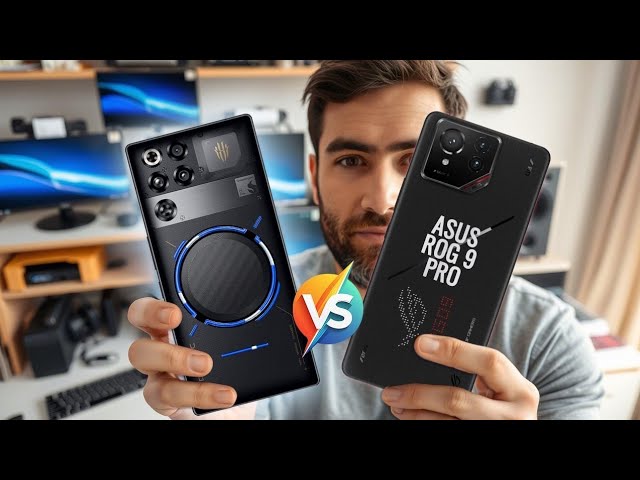

How incredible is it that a smartphone incorporates liquid cooling?
In the rapidly advancing realm of smartphones, innovation plays a crucial role in maintaining competitiveness. One of the most recent advancements is the inclusion of liquid cooling in mobile devices, a feature that has garnered significant attention in the tech world. The RedMagic 11 Pro, equipped with the Snapdragon 8 Elite Gen 5, holds the distinction of being the world’s first mass-produced smartphone to integrate this state-of-the-art technology. But what makes this so significant, and in what way does it improve the user experience?
Essential information to consider
– The RedMagic 11 Pro has just been revealed, featuring the Snapdragon 8 Elite Gen 5 and is touted as the “world’s first mass-produced smartphone with liquid cooling.”
– In a latest video, JerryRigEverything subjected the 11 Pro to his typical series of stress tests, including disassembling the phone.
– The video offers a detailed view of the integrated liquid cooling system, alongside insights into the internal components of the device.
Smartphones powered by Qualcomm’s newest Snapdragon 8 Elite Gen 5 are finally beginning to launch. The RedMagic 11 Pro has recently entered the fray, introducing a feature that none of its competitors can replicate: liquid cooling. With the performance improvements of the Gen 5 over last year’s version, coupled with RedMagic’s emphasis on mobile gaming, it’s clear that the device will generate a significant amount of heat.
Recently, Zack Nelson from JerryRigEverything examined the RedMagic 11 Pro and subjected it to his rigorous stress tests. In contrast to other newly launched devices, the 11 Pro excelled commendably. Regarding performance, the display starts to show scratches at a level 6 on the Mohs scale, with “deeper grooves appearing at a level 7.”
When a lighter was held against the screen, it took about 20 seconds for that section to whiten. Shortly thereafter, the AMOLED display “recovered,” rendering no visible signs of the burn injury.
Nelson’s bending tests are infamous for exposing weaknesses in devices, as recently demonstrated with the Pixel 10 Pro Fold’s catastrophic failure. RedMagic enthusiasts can be reassured, as the 11 Pro hardly flexed when pressure was applied to both the front and rear.
Turning to the main highlight, Zack meticulously detached the rear glass that fully covers the phone’s back, and moments later, the entire liquid cooling system was revealed. It wasn’t until the phone was powered down, and the loop was disconnected that it ceased functioning entirely, which isn’t particularly surprising.
It’s important to note that while inspecting the liquid cooling, you may observe some bubbles that differ in color from the blue liquid. Although the reason for this variation is unclear, it could be merely for visual appeal; otherwise, the cooling loop would consistently appear blue.
On that note, I find myself agreeing with Zack, as he questions why RedMagic chose not to showcase most of the loop. It enhances the phone’s uniqueness and looks quite impressive simultaneously.
After completing the disassembly of the RedMagic 11 Pro, Nelson successfully reassembled everything and powered the device back on without any complications. While this isn’t an undertaking everyone should attempt, it’s reassuring to see the robust construction of these gaming phones. It provides some comfort that your phone will withstand pressure or the occasional drop.
Pre-orders for the RedMagic 11 Pro are expected to commence on November 13, with the base model costing $749. This includes the Snapdragon 8 Elite Gen 5, 12GB of RAM, and 256GB of storage. Additionally, the device can be configured with up to 24GB of RAM and an impressive 1TB of storage.
The epitome of mobile gaming
If you truly wish to explore the capabilities of the Snapdragon 8 Elite Gen 5, particularly for gaming, then the RedMagic 11 Pro is the ideal choice. It’s the first smartphone to feature integrated liquid cooling, in addition to housing a massive 7,500mAh battery.